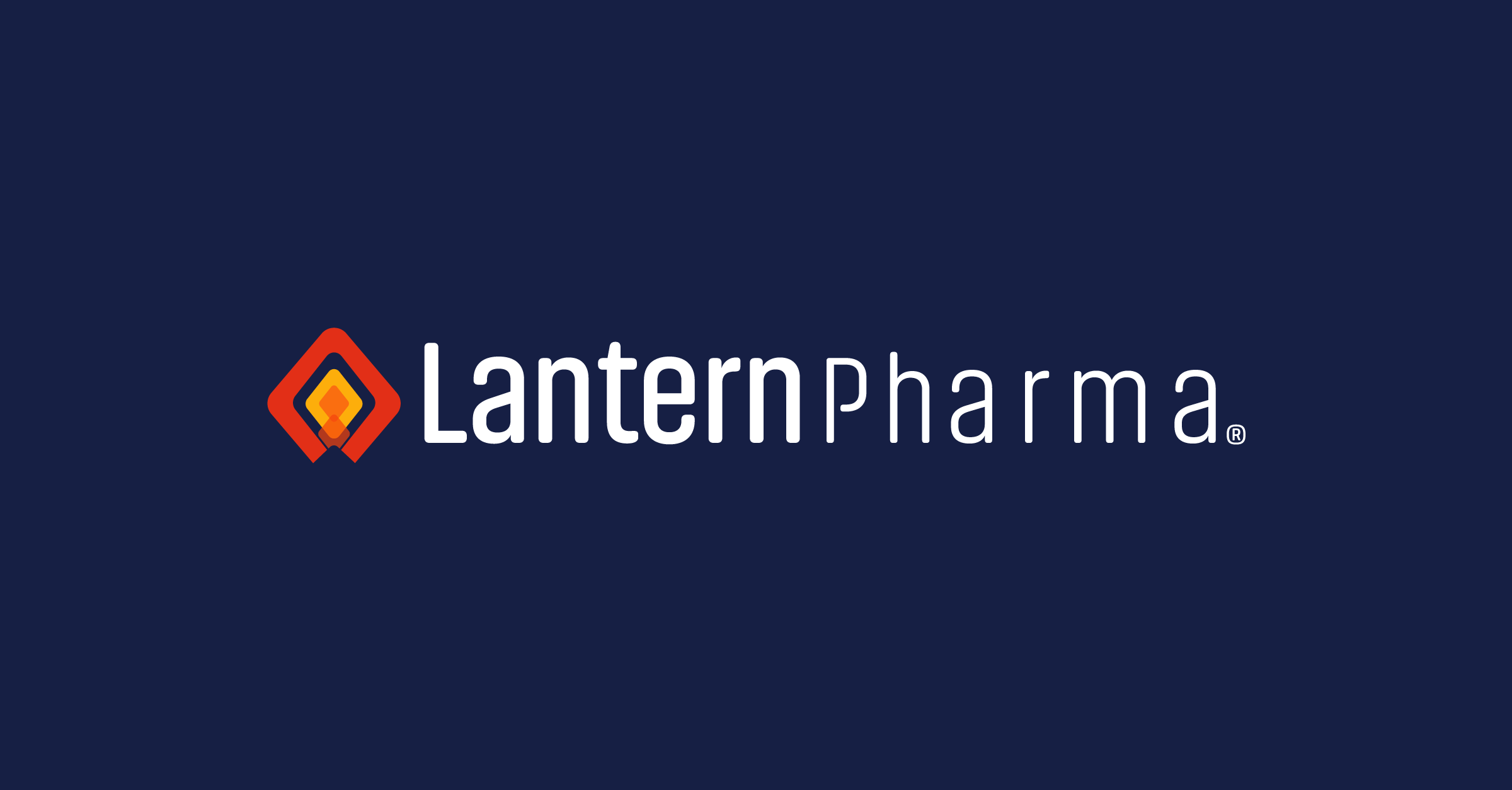Lantern Pharma's Pioneering Role in AI-Driven Oncology Drug Development with the RADR® Platform
See how RADR® is revolutionizing oncology drug development and positioning with greater precision and reduced costs and timelines

In the rapidly evolving landscape of oncology drug development, artificial intelligence (AI) has emerged as a revolutionary force, altering not just the pace but the very methodology of discovery and development. Among the leaders of this transformation is Lantern Pharma, a company that has seamlessly integrated AI into its core R&D and clinical development operations. Their proprietary platform, RADR® (Response Algorithm for Drug Positioning & Rescue), exemplifies how AI can be leveraged to enhance and expedite the drug development process.
The RADR® Difference: AI at the Forefront of Oncology
RADR® is more than just a tool; it's a comprehensive AI platform that integrates data analytics, experimental biology, computational modeling, access to large scale oncology biomarker and molecular datasets, and machine learning to transform the power, precision, and timeline of developing targeted cancer treatments.
What sets RADR® apart is its robust data-driven approach. With access to billions of oncology-specific data points, including genomic data and drug sensitivity data from a variety of sources, RADR® harnesses this vast information to predict bioactivity of molecules in cancer, predict which molecules can be combined with other approved therapies in a clinical trial, and to predict cancer patient responses to different cancer drugs. This predictive capability is crucial for identifying which compounds are most likely to succeed in clinical trials, thereby reducing time and financial costs associated with drug development.
The Core of RADR®: Advanced Machine Learning and Data Analytics
At its core, RADR® employs more than 200 constantly evolving advanced machine learning algorithms to sift through extensive datasets. Recently, it surpassed 60 billion data points and is projected to surpass 100 billion data points before the end of the year. This analysis is not just about volume but also about the quality of insights derived from the data, that can be readily translated into the clinical setting. Each dataset undergoes rigorous processing and curation to ensure that the data integrated into RADR® is both accurate and relevant. This attention to data quality is a cornerstone of Lantern Pharma's strategy, enabling more precise predictions and more effective drug development pathways.
From Data to Therapy: Transforming Cancer Treatment
One of the most exciting aspects of RADR® is its potential to transform real-world outcomes for patients. By identifying and predicting novel drug-tumor interactions and patient subgroup responses, RADR® facilitates the development of precision cancer therapies, which the company showcase in a joint paper with the NCI which uncovered an entirely new mechanism for LP-184 which allowed the drug candidate to be targeted at an ultra-rare pediatric brain cancer, ATRT (atypical teratoid rhabdoid tumors).
These targeted treatments are designed to improve patient outcomes and are developed at a fraction of the cost and time traditionally required. The platform's efficiency has allowed Lantern Pharma to progress new drug programs from AI-derived insights to human clinical trials in just 2-3 years, significantly faster than industry norms as was the case with Lantern’s drug candidate LP-284 which is now in Phase 1 clinical trials for relapsed or refractory non-Hodgkin’s lymphoma and certain sarcomas.
The Future of Drug Development: Expanding Horizons with RADR®
Looking ahead, Lantern Pharma is not resting on its laurels. The company plans to continue expanding the capabilities of RADR®, with a significant focus on immuno-oncology, combination therapy prediction, and the development of ADCs. These efforts aim to address some of the most challenging aspects of cancer treatment, including drug resistance and the efficacy of existing therapies. With each new dataset added, RADR®'s predictive models become increasingly sophisticated, offering hope for breakthroughs in areas where traditional methods have seen limited success.
A Model for the Pharma Industry: AI as a Catalyst for Change
Lantern Pharma's work with RADR® is a beacon for the broader pharmaceutical industry, demonstrating the transformative potential of integrating AI into drug discovery and development. It's a testament to how technology can not only speed up the process but also lead to smarter, more effective therapeutic strategies. This approach is not just about making incremental improvements; it's about revolutionizing how the industry tackles some of its most significant challenges by leveraging data and the increasing availability of computational power.
Lantern Pharma's RADR® platform stands as a pivotal advancement in the fight against cancer. By harnessing the power of AI and a commitment to high-quality, actionable data, Lantern is paving the way for more rapid, cost-effective, and targeted drug development. For those tracking the pulse of the pharmaceutical industry, Lantern Pharma's innovative approach offers a promising glimpse into the future of oncology treatment, where AI not only supports but leads the charge in creating better outcomes for patients worldwide.
Stay informed by signing up for our newsletter, where you'll gain early access to the latest insights, trends, and breakthroughs in drug discovery, powered by cutting-edge data and analysis from industry-leading experts.
